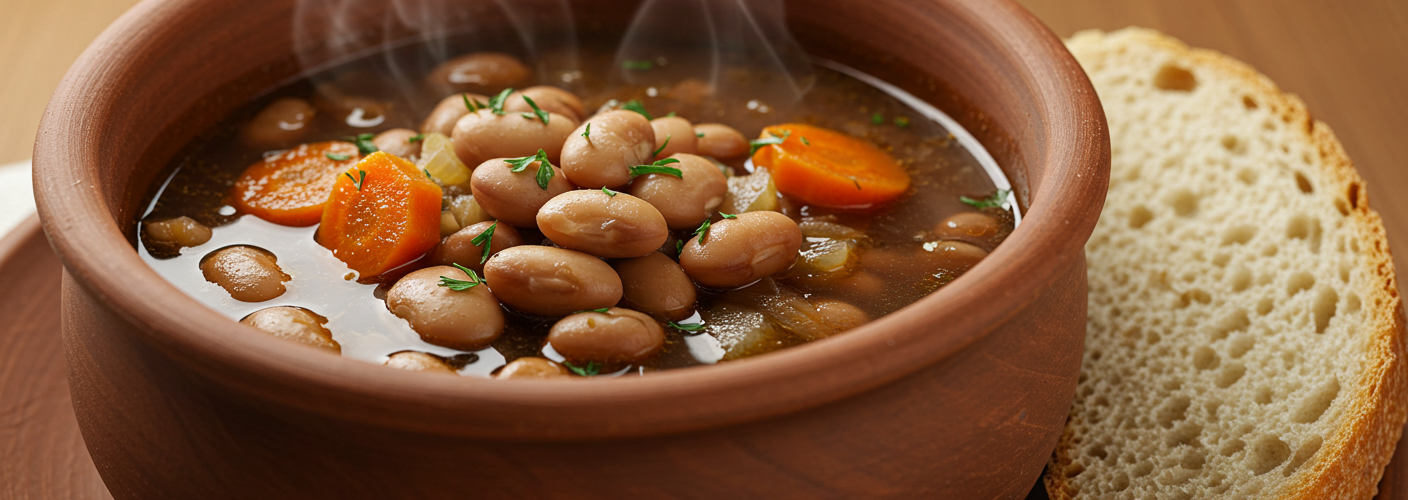Introduction
Pasulj, a beloved dish in many countries of the Balkans, particularly popular in Serbia and Croatia, is more than just a bean soup; it is a hearty, warm comfort food that tells stories of tradition and family gatherings. This rich and savory dish provides nourishing warmth especially during the cold winter months, and its preparation often brings family members together in the kitchen.
Ingredients that Matter
At its core, pasulj is made primarily of beans—typically white or kidney beans, though variations exist depending on the region and personal preference. The soup bases vary, but a mix of onions, garlic, carrots, and bell peppers often forms the backbone of the flavor profile. Season it well with salt, pepper, and perhaps some paprika for that extra kick.
Adding meat is common, and smoked meats, such as ham hocks or sausages, impart a unique depth of flavor to the soup. This incorporation not only enriches the taste but also adds substantial nutritional value. For those preferring a vegetarian or vegan twist, pasulj can be enjoyed in its purest form, allowing the beans and vegetables to shine through.
Cooking Method
To prepare pasulj, the beans are usually soaked overnight to ensure even cooking and enhanced digestibility. Once they’ve absorbed enough water, they are boiled until tender. In a separate pot, sauté the onions and garlic until golden, then add the remaining vegetables, followed by the smoked meat if you’re using any. Combine the sautéed mix with the beans in a large pot, cover with water or broth, and let it simmer away.
As it cooks, the stew becomes thicker and creamier. Some prefer to mash a portion of the beans to give the pasulj an even heartier texture, while others love the distinct integrity of whole beans. The beauty of pasulj lies in its flexibility; you can tweak it to your liking, experimenting with varieties of spices or additional ingredients like potatoes or even mushrooms.
A Dish for Every Occasion
Pasulj is not just reserved for family dinners. It’s a staple at celebrations, whether it’s holidays like Christmas and Easter or communal gatherings. It embodies a spirit of togetherness as families often serve it in large bowls, encouraging shared meals around the table. Leftovers, if there are any, get even better the next day, making pasulj a fantastic option for meal prep or potlucks.
Cultural Significance
Beyond its delightful taste, pasulj carries significant cultural importance. Each family typically has their own secret recipe passed down through generations. It is often associated with feelings of home, comfort, and nostalgia. The dish serves as a reminder of family history, regional pride, and culinary heritage.
Conclusion
Pasulj is more than just a bowl of bean soup; it is a rich, flavorful journey that evokes memories of home-cooked meals and long conversations shared over steaming bowls. Whether you are familiar with this delightful dish or trying your hand at making it for the first time, embracing pasulj is a way to celebrate culture, community, and the joys of cooking. Whip up a pot today and enjoy the warmth and connection this classic bean soup brings to your table.




Add comment